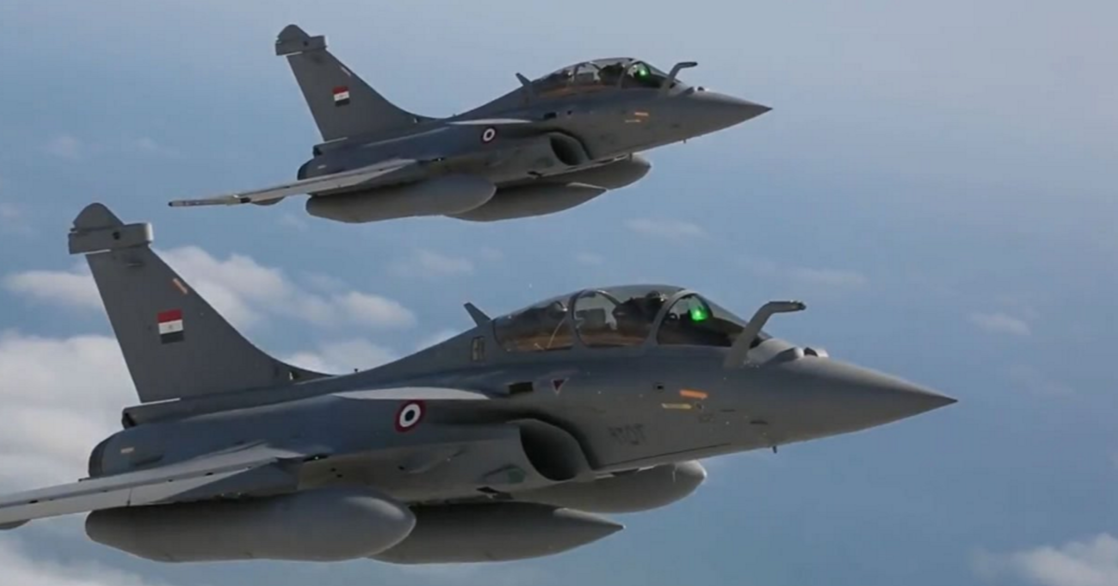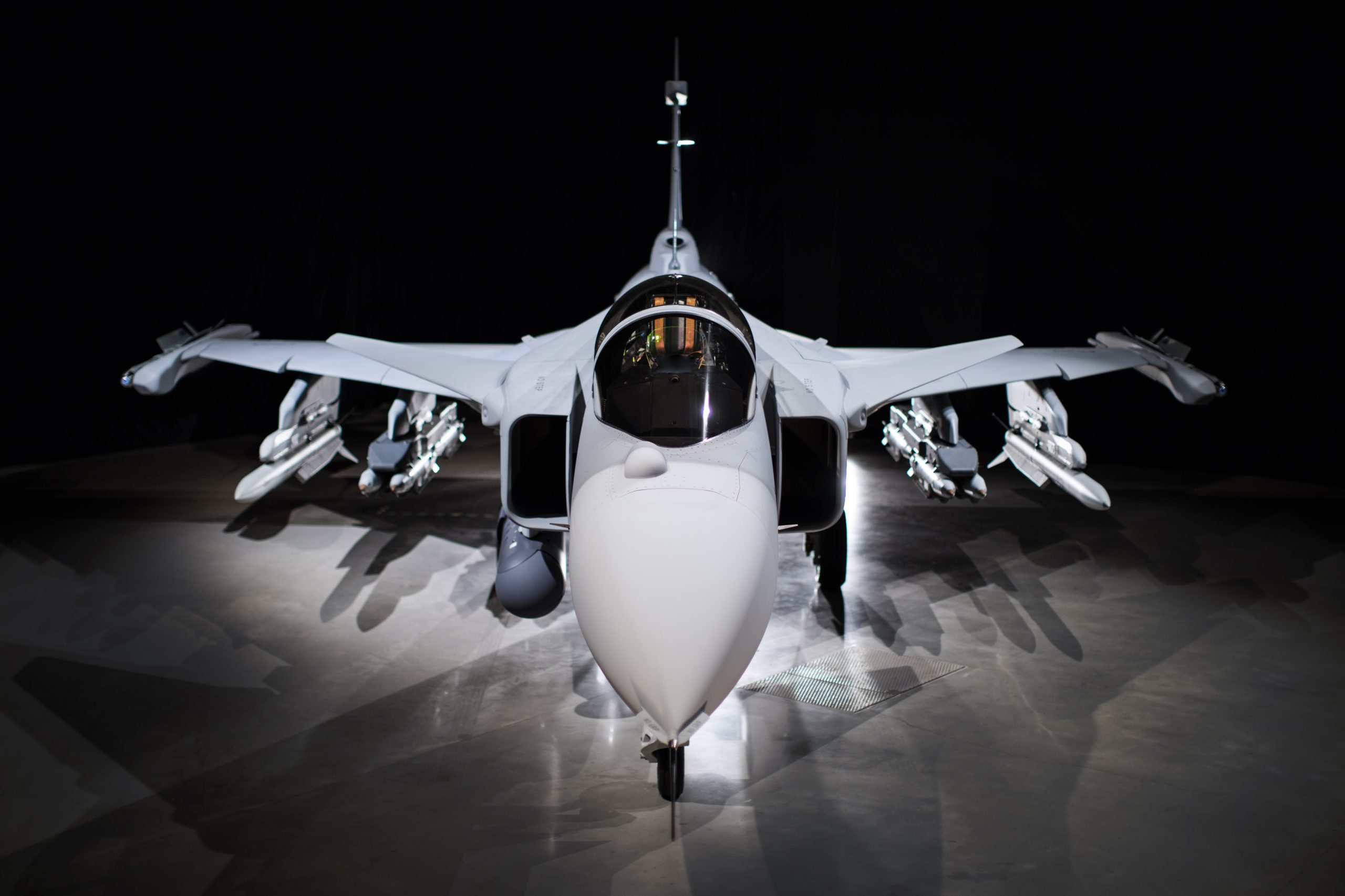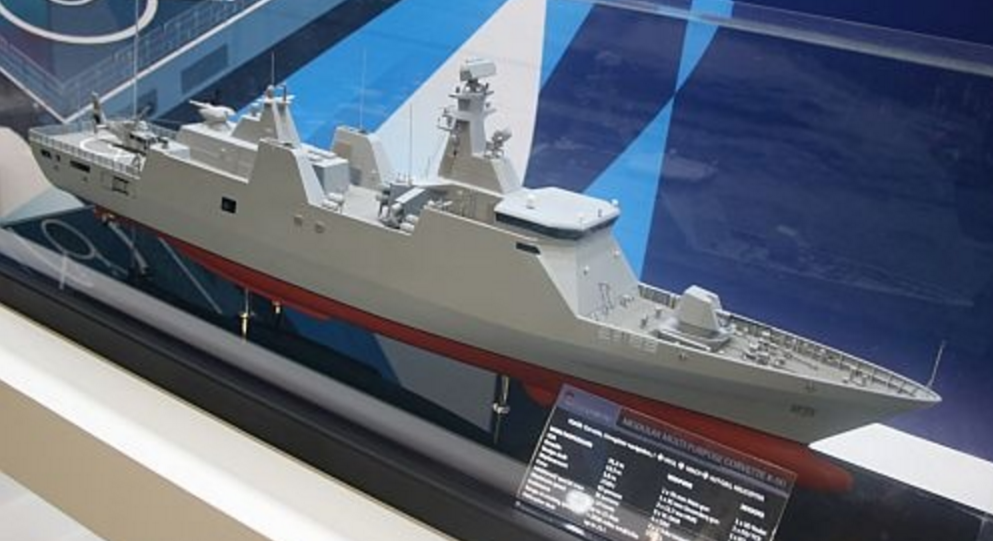2944Views 15Comments

India inks long-awaited Rafale deal
After four years of difficult negotiations – as well as even a collapse of talks (over the contract for 126 aircraft) – the Government of India has inked an $8.85 billion U.S. deal with France for 36 Dassault Rafale multi-role fighters. The first batch of fighters will be delivered to India by September 2019, the remainder will be received over the subsequent 30 months.
Within the contract itself, $3.84 billion U.S. will be spent on the aircraft themselves and an additional $2 billion will be put towards the requisite maintenance and logistics infrastructure to operate the fighter. Dassault has also guaranteed that the Indian Air Force (IAF)’s Rafales will maintain a 75% availability rate.
$1.9 billion will be spent on IAF-specific customization, such as the integration of an Elbit helmet-mounted display and sight (HMD/S) system and other internal subsystems.
A munitions package worth $800 million U.S. is also being acquired, this will include Meteor beyond-visual-range air-to-air missiles and SCALP air-launched cruise missiles.
According to Defense News, which had spoken to a source in the Indian Ministry of Defence, this will be divided with 30% of the contract’s value will be invested in Indian military aeronautics research and development and 20% will be committed towards production contracts for the Indian defence industry.
Notes, Comments & Analysis:
When the Indian Air Force (IAF) originally selected Rafale as the winner of its much coveted Medium Multi-Role Combat Aircraft (MMRCA) requirement, it had intended to procure 126 fighters. In addition, most of those fighters were supposed to have been built locally in India.
Disagreements, particularly over cost, resulted in that program falling through, but in its place, the IAF has succeeded in securing two squadrons off-the-shelf as well as a solid commercial offset package, which will channel 50% of the contract’s value as a stimulus for the Indian economy.
Moreover, India’s defence industry will benefit from close to $4.5 billion in commercial offset investments from France’s leading defence vendors. This investment will not only offer work contracts for the Indian private sector but in some areas (e.g. aircraft electronics and propulsion), it could result in an infusion of valuable technology research and development support and expertise.
It would be surprising if the IAF opts for another medium-weight platform. At this stage, the Rafale is a proven and relatively well-adopted platform (thanks to recent orders from Egypt and Qatar). By investing in the maintenance and logistics infrastructure to operate the first two squadrons, the IAF would be well advised to gradually build its Rafale fleet. A look from the Indian Navy could be interesting as well.
Moreover, India’s offset clause could be utilized to accrue supra-contractual benefits. Under the current contract, the French defence industry will commit 20% of the contract’s value to production work in India. However, additional Rafale orders can be leveraged as a means to gain added concessions, such as local assembly and/or manufacturing as well as parts manufacturing, which can, in turn, be connected into the Rafale’s global supply chain. In other words, India could leverage additional orders to access the supply market for third-party users such as Qatar and Egypt.
Technology wise, the Rafale will imbue the IAF will the following operational gains above its current fleet:
First, the Rafale is marketed with a markedly high availability rate (with the French guaranteeing a 75% availability rate), which in contrast to the troubled Su-30MKI offers the IAF a platform it can depend on upon in rapid mobilization as well as under stressful wartime conditions.
Second, the Rafale boasts a very strong balance of range and payload, enabling it to effectively take on a wide range of air-to-air and air-to-surface mission roles (which the IAF will exploit via the Meteor, SCALP, and other munitions).
Third, which is is not exclusive to the Rafale in the context of the IAF, but the fighter’s potent sensor and electronics warfare and countermeasures suite places it as both a highly survivable and threatening asset.
India’s private sector and state-owned industries should be able to draw upon the expertise and technology support of Dassault, Thales, MBDA, and Safran Group, which may enable the Kaveri and other programs to overcome specific developmental challenges in the short-term, which can in turn create space for the Indian research base to rectify those obstacles indigenously over the long-term without pressure from the armed forces’ short-term operational needs.
This will directly feed into the Tejas, enabling it to not only come to fruition but to enter service as the solution the IAF had envisioned in recent years. India’s next-generation manned and unmanned aircraft programs will also benefit in various direct and indirect forms.
Overall, the Rafale contract is certainly expensive, but with 50% of it coming back as a targeted stimulus for the Indian economy, New Delhi secured a worthwhile deal.



15 Comments
by MT
30% of the contract’s value will be invested in Indian military aeronautics research
=> India should plan for 120-150 rafale in long term which can be used slowly to absorb most 4-4.5 th gen technology
Another good news from Tejas
=>Tejas SP-3 ready for maiden flight……
=>SP-3 comes with more value additions with around 340 pipelines and 50 panels now achieving ICY or interchangeability standards.(ICY ensures quick replacement of a component without any design changes affecting operational performance.)“In the next aircraft, around 100 panels and 700-plus pipelines will be in the ICY standards,” says an official.
=>Components up to SP-9 are already in different stages of assembly, coupling and equipping on various jigs at the LCA Division…….
by Muhammad Khurram Bhatti
I read J-31 by 2019 for PAF with shared subsystems between it and JF-17 Block 3+
by SP
Unless France is getting the F-35, the proceeds from sale would help Dassault to invest in a newer platform as the Rafale made first flight in 1986 and entered service in 2001. Dassault is already likely working on its replacement which could be a decade away.
India is already committed to the more advanced and stealthy Pak Fa. Rafale is a stop gap measure but with offsets and licence production it could become its mainstay and primary aircraft while Pak Fa takes care of the higher end.
Rafale will join India in 3 years and will put further pressure on PAF. Pakistan needs to seriously look at SU-35 or J-16 as stop gap measures until the FC-31 is ready to enter service to take on the Pak Fa.
by Bilal Khan - Quwa
AVIC said the FC-31 will be ready for induction (FOC) by 2024. But they do intend to get the prototype flying by 2019.
by MT
Dassault is upgrading Rafale every few years. So india version will have the most advanced Radar along with Meteor missiles
PAk-Fa is moving gradually & We dont expect it to mature before 2020 with Indian delivery to be available from 2022+
Indian airforce is aware of Russian platforms.Su30 suffer with 60% serviceability due to poor russian quality.
Lets hope if Russians can move components manufacturing to Indian companies in India
by Quraishi
Pakistan should now peruse euro fighter from Germany, or Spain with technology transfer if possible.
France is now too anti islamic everywhere in the world, donno y pakistan always wants French navy ships etc.
Again without a powerful economy any makeshift defense measure will fail in the long term no matter what, what money can buy is always premium, what people want is €$€$ not to be reminded that how good a friend they r with Pakistan.
by Shershahsuri
Eurofighter is too expensive for Pakistan. I think F-16 block 60 or Viper or Saab Gripen NG will be a good option.
by baba ji
India Russia agreed to invest $2 billion in india to make spares larts locally whichead to serviceability of sukoi30mki higher than 75%. Source india times
by baba ji
India Russia agreed to invest $2 billion in india to make spares larts locally whichead to serviceability of sukoi30mki higher than 75%. Source india times.
by S M
Bilal can you please write an article about technical aspects of Rafael and compare it with similar aircraft
by bill
Pak can’t get TOT even Pak can’t sustain such infrastructure further Pak at best may get EU fighter trench 1 will be available at much cheaper price but may compete with Rafael if up graded properly.
by Quraishi
They can if the economy allows, developing infrastructure is no big deal.
by Quraishi
F-16 is ancient, Gripen NG no comparison with rafale,
There will always be countries selling the very latest of system, Pakistan in reality just cannot keep up no matter what is done, unless until there is a strong economy.
If Pakistan pulls its resources hard and find a solution to this, next there will be f-35, su-50,, then what?
without a strong economy all other solutions wont be able to keep up in the long term.
by Muhammad Khurram Bhatti
With the finalized subsystems I presume 2024 is a good wait time if we can start producing JF-17 with comparable subsystems by 2019. Thales will be out of the race. Leonardo or Turkish equivalent will be amongst the options I presume
by Quraishi
Decent doenst help, to counter a threat with comfort you need a superior system at minimum.
I have seen the Euro fighter, and F-16 fly one after another, and believe me the climb rate and speed of f 16 was nothing compared to the eurofighter. Euro fighter was all over the place.
When u have to purchase a jet now, it has to be the latest, had Pakistan got more mig 21 when it got f 16, they would have been of no use now.
You want investment for on a system for 10 more years where as a different system can last you atleast 30 years.
And these Chinese jets are more or less a joke.
It shouldnt puzzle you, PAF made the correct decision looking at the future, not just the present. They are doing well, one should not get too much involved in problem solving attitude, that leads to loss of ones set vision.
Anyhow, I feel people here have more emotions about f-16 then what it really is especially in the warfare scenario of this ear.